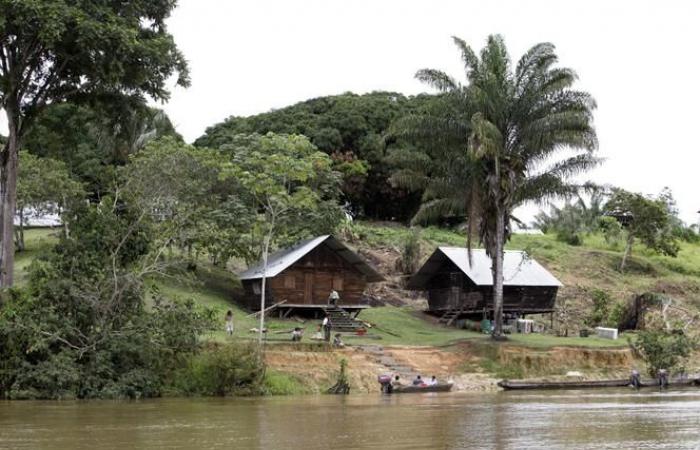At the entrance to the Maripasoula airfield, an isolated town in southern Guyana, residents are torn between fatalism and anger. “A few days ago, I bought a bottle of gas for 120 euros”deplores Junior Jean, a restaurateur. “It’s 18 euros for a pack of six bottles of mineral water, compared to 9 previously in storessays Pierre Koukouman, a colleague. I have little gas left, and we can't find any more. If it continues like this, I will be forced to close. » On the tarmac, soldiers unload a plane, with 4 tonnes of food and water on board.
Wednesday, November 13, was the fifth rotation of an army device towards Maripasoula as part of the Orsec “water” plan, launched on Tuesday, October 29 by the prefect, due to the historically low level of two rivers – the Maroni to the west and the Oyapock to the east – which led to a stoppage of river transport to the most upstream municipalities or villages. The system makes it possible to quickly mobilize significant assistance in the face of “events seriously affecting the population”.
“In terms of temperatures, the 2024 dry season is not yet over [celle-ci s’étire traditionnellement de juillet à septembre]is one of the hottest ever observed since 1967underlines Patrick Ranson, head of Météo-France’s forecasting service in Guyana. It also takes place in a context of rainfall deficit of almost eighteen months. »
Due to the lack of a road, the border river with Suriname is the main supply route for the localities of Grand-Santi, Papaïchton and Maripasoula – 24,000 inhabitants in total. Since the end of October, although freight still passes to Grand-Santi, almost no canoe goes back to the other two communes. “I have 300 tonnes of goods stuck in Saint-Laurent… construction materials, cement, wood, PVC and fuelexplains Jonathan Abienso, transporter in Maripasoula. I had never seen such an intense drought, the losses are enormous. » The five canoeists with whom he works are technically unemployed.
According to the website of the State services in Guyana, the Maroni is a “natural and undeveloped watercourse”. On this river punctuated with numerous “jumps”or fast, canoeists struggle to have their know-how officially recognized. “In this context, how are we going to compensate them? »worries Jonathan Abienso.
You have 65.47% of this article left to read. The rest is reserved for subscribers.






